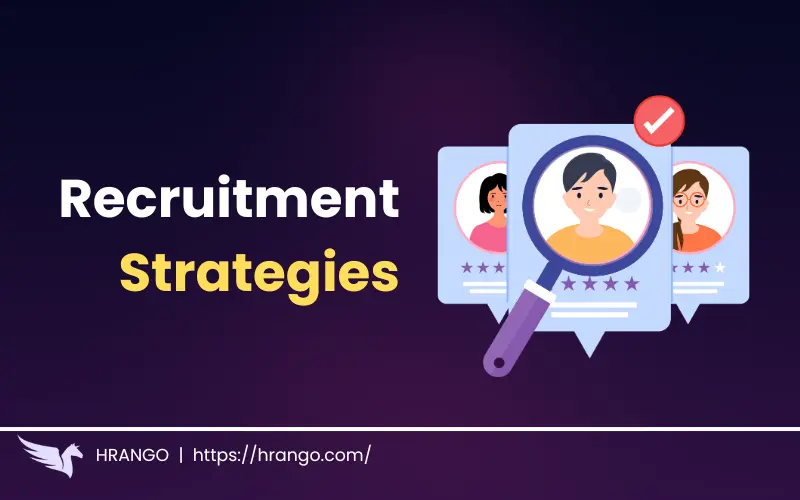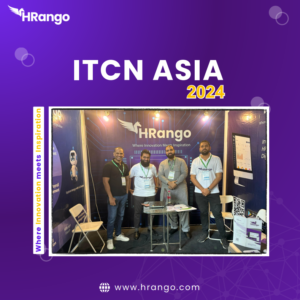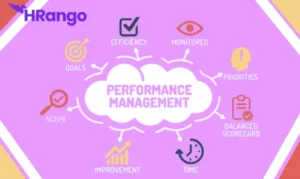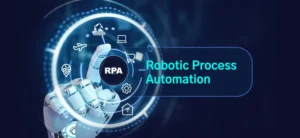In today’s rapidly evolving business landscape, the recruitment strategies and selection process stand as a critical gateway to acquiring top talent. As organizations navigate a competitive global market and embrace digital transformation, the strategies employed in attracting, assessing, and retaining employees have undergone significant evolution, which can be effectively managed using hRango. This article explores the dynamic nature of recruitment and selection strategies tailored to meet the demands of the modern workforce.
Introduction
Recruitment and selection are pivotal functions within human resources (HR) departments, essential for building robust teams that drive organizational success. In recent years, the concept of the modern workforce has shifted dramatically, influenced by technological advancements, changing demographics, and evolving employee expectations. Consequently, HR professionals must adapt their strategies to effectively attract and retain talent in this dynamic environment.
Understanding the Modern Workforce
The modern workforce encompasses a diverse range of individuals, each bringing unique skills, perspectives, and preferences to the table. Millennials and Gen Z, comprising a significant portion of today’s workforce, prioritize values such as work-life balance, career development opportunities, and corporate social responsibility. Additionally, there is a growing emphasis on inclusivity and diversity, with organizations recognizing the benefits of a varied workforce in driving innovation and enhancing workplace culture.
Current Challenges in Recruitment
Despite technological advancements that simplify the recruitment process, organizations face challenges such as a widening skills gap and intense competition for highly skilled professionals. The rapid pace of technological change necessitates continuous upskilling and reskilling efforts, posing recruitment challenges for roles requiring specialized knowledge. Moreover, the rise of remote work arrangements has broadened the geographic scope of talent pools, intensifying competition among employers seeking top talent.
Key Elements of Successful Recruitment Strategies
Effective recruitment strategies begin with strong employer branding and reputation management, which can be enhanced through the comprehensive tools provided by hRango. A compelling employer brand not only attracts candidates but also fosters employee loyalty and engagement. Leveraging technology in recruitment, such as applicant tracking systems (ATS) and AI-driven tools, streamlines processes and enhances the candidate experience. Building a diverse talent pipeline ensures organizations access a broader pool of qualified candidates, promoting innovation and inclusivity within the workplace.
Innovative Selection Techniques
Modern selection techniques, which go beyond traditional interviews to include behavioral assessments, simulation exercises, and assessment centers, are streamlined and more effective with hRango. Behavioral interviewing, for instance, evaluates candidates based on past behavior to predict future performance, offering deeper insights into their potential fit within the organization. Additionally, AI-powered algorithms analyze candidate data to identify patterns and predict job success, enhancing the efficiency and objectivity of selection processes.
Adapting to Remote Work and Virtual Hiring
The advent of remote work has necessitated adaptations in recruitment strategies, with virtual interviews and remote assessments becoming commonplace. Organizations must ensure seamless onboarding processes for remote hires, utilizing digital platforms to integrate new employees into the company culture and operational workflows effectively.
Retention Strategies Post-Selection
Successful recruitment culminates in effective onboarding and integration processes that set the stage for long-term employee satisfaction and retention. Providing clear career development paths and opportunities for growth demonstrates an organizational commitment to employee success, fosters loyalty, and reduces turnover rates.
Measuring Recruitment and Selection Success
Measuring the effectiveness of recruitment and selection efforts requires defining key performance indicators (KPIs) aligned with organizational goals. Metrics such as time-to-hire, quality of hire, and candidate satisfaction provide insights into process efficiency and candidate experience. Continuous feedback loops enable HR teams to refine strategies based on data-driven insights, ensuring ongoing improvement in recruitment outcomes.
Legal and Ethical Considerations
Adherence to legal requirements and ethical standards is paramount in recruitment and selection processes. Organizations must comply with anti-discrimination laws and regulations governing employment practices to mitigate legal risks and uphold fairness. Ethical guidelines promote transparency and integrity throughout the recruitment lifecycle, enhancing trust between employers, candidates, and stakeholders.
Successful Case Studies
Examining case studies from leading organizations offers valuable insights into effective recruitment and selection strategies. Companies that prioritize innovation in talent acquisition and retention, such as Google and Salesforce, demonstrate best practices in leveraging technology, fostering diversity, and nurturing talent pipelines tailored to their unique organizational needs.
Future Trends in Recruitment and Selection
Looking ahead, the future of recruitment and selection is poised to integrate advanced technologies such as AI and predictive analytics more deeply. AI-driven algorithms will increasingly support decision-making processes by predicting candidate success and optimizing workforce planning strategies. Additionally, virtual reality (VR) simulations may revolutionize recruitment by offering immersive experiences that simulate real-world job environments, enhancing candidate assessments and engagement.
Conclusion
In conclusion, effective recruitment and selection strategies are essential for organizations aiming to thrive in the competitive landscape of the modern workforce. Companies can attract, assess, and retain top talent by embracing innovative technologies like those offered by hRango, prioritizing diversity and inclusion, and fostering a supportive work environment. As the workforce evolves, HR professionals must remain agile, adapting strategies to meet emerging challenges and capitalize on future opportunities.
FAQs
How can organizations enhance their employer brand for better recruitment outcomes?
Organizations can enhance their employer brand by showcasing company culture, values, and employee testimonials through digital channels and social media platforms.
What role does AI play in modern recruitment processes?
AI enhances recruitment processes by automating candidate sourcing, screening, and assessment, thereby improving efficiency and reducing bias.
What are the benefits of conducting behavioral interviews during recruitment?
Behavioral interviews provide insights into candidates’ past behaviors and decision-making processes, predicting future job performance more accurately than traditional interviews.
How can organizations ensure fairness and compliance in their recruitment practices?
Organizations should establish clear policies, provide training on anti-discrimination laws, and implement structured interview processes to ensure fairness and compliance.
What trends are shaping the future of recruitment and selection?
Future trends include the widespread adoption of VR simulations for candidate assessments, the increased use of predictive analytics in workforce planning, and the integration of AI-driven tools to optimize recruitment strategies.







